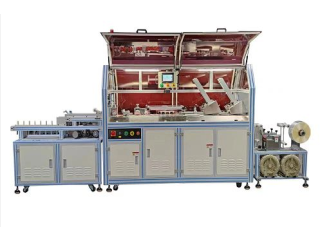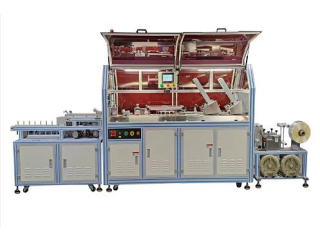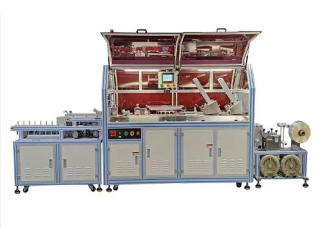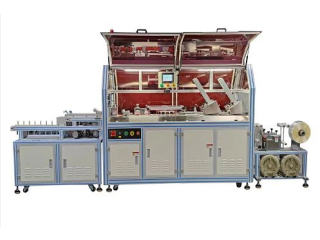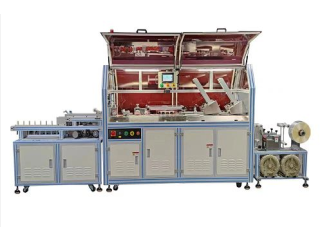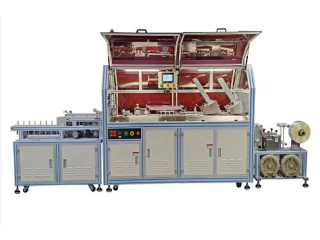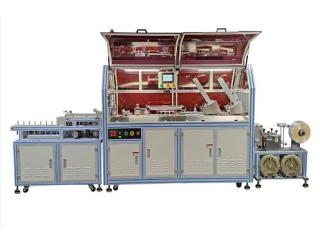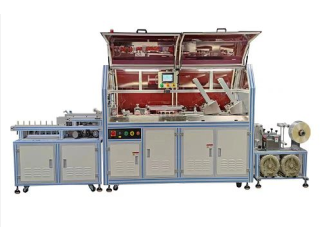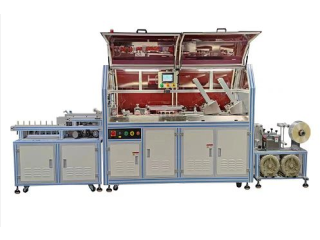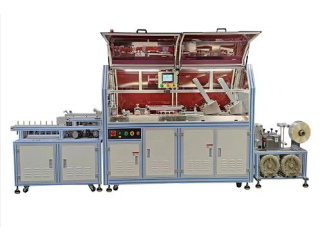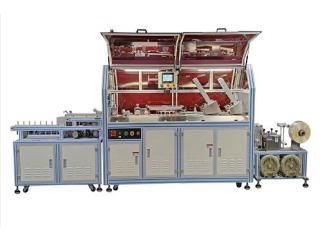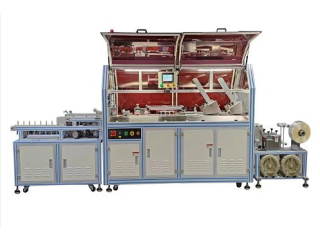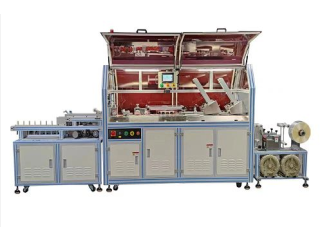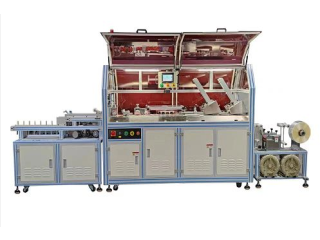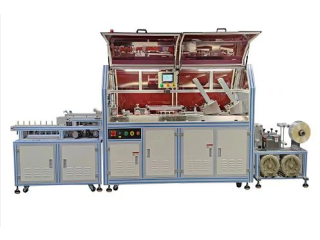Fan Types - Why choose a forward curved centrifugal fan
Jul 7th, 2022 at 06:05 Automobiles Battagram 180 viewsFan Types - Why choose a forward curved centrifugal fan
Forward Curved Motorised Impeller
When we have defined the volume flow rate that we require, whether this is to provide fresh air or process cooling, we need to combine this with the resistance to flow that the fan will encounter in the application. The volume flow rate, (in m3/hr) and the pressure (in Pascals - Pa), are combined to become the duty point against which the fan must operate. It is important that we select a fan whose performance characteristic meets the required duty point on or near the point of peak efficiency. Using the fan at its peak efficiency minimises the power consumption and noise emitted from the fan whilst delivering the required performance.
How does Forward Curved Centrifugal Fan work?
The name, ‘Centrifugal Fan’ is derived from the direction of flow and how the air enters the impeller in an axial direction and then propelled outwards from the outer circumference of the fan. The difference in flow direction between a forward and backward curved centrifugal fan is the direction that the air exits the impeller circumference. With a backward curved impeller, the air exits in a radial direction whereas with a forward curved the air exits tangentially from the circumference of the fan.
A forward curved centrifugal fan is characterised by its cylindrical shape and lots of small blades on the circumference of the impeller. In the example shown below, the fan rotates in a clockwise direction.
Unlike the backward curved impeller, the forward curved impeller requires a housing that converts high velocity air leaving the tips of the impeller blade into a lower velocity static force. The shape of the housing also directs the air flow to the outlet. This type of fan housing is commonly known as a scroll; however, it can also be referred to as a volute or a sirocco housing. By installing the forward curved impeller in a scroll housing, we usually refer to it as a forward curved blower.
There are two types of blowers that employ a forward curved motorised impeller as shown below…
The single inlet blower on the left, draws in air from one side of the housing through the round inlet and directs it to the square outlet, (seen here with a mounting flange). The double inlet blower has a wider scroll housing drawing air in from both sides of the scroll delivering it to the wider square outlet.
As with the backward curved centrifugal fan, the suction side of the impeller blade draws air from the centre of the cross flow fan which results in a directional change of the airflow between the inlet and the exhaust of 90o.
Fan Characteristic
The optimum operating area for a forward curved centrifugal fan is when it is operating at higher pressure. A forward curved centrifugal fan works best when high pressures against lower volume flows are required. The graph below illustrates the optimum working area…
The volume flow is plotted along the X-axis and the system pressure is plotted on the Y-axis. When there is no pressure in the system, (the fan is blowing freely), a forward or backward curved centrifugal fan will produce the greatest volume flow. As a resistance to flow is applied to the suction or exhaust side of the fan, the volume flow rate will drop.


